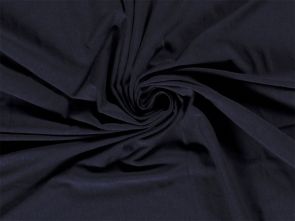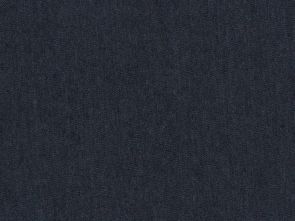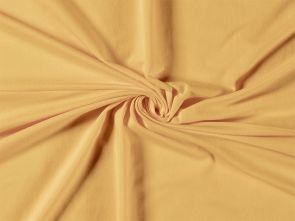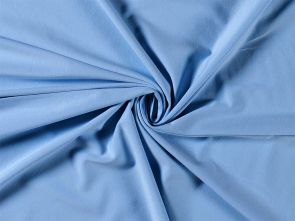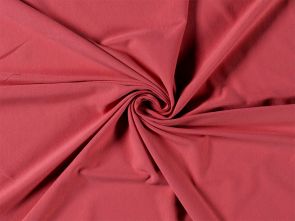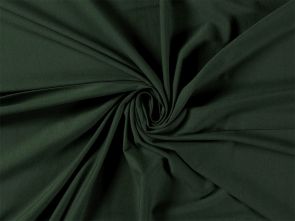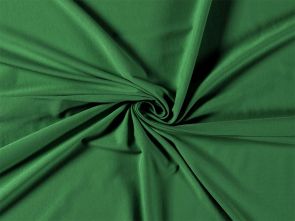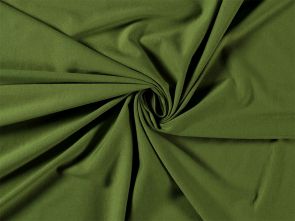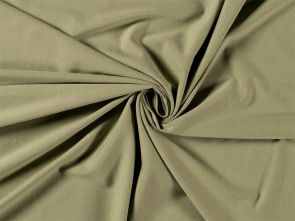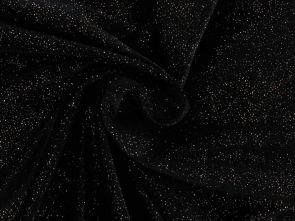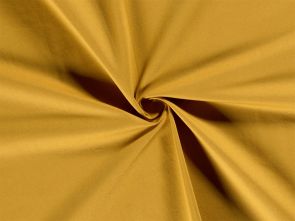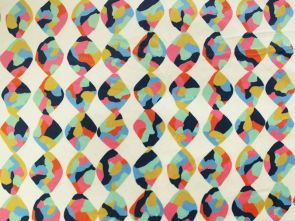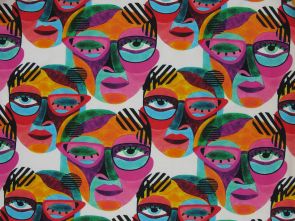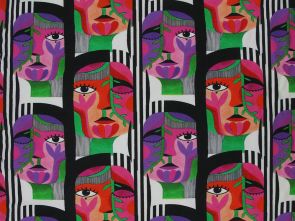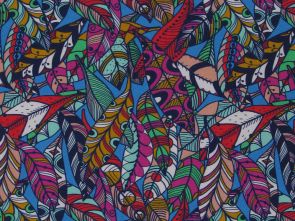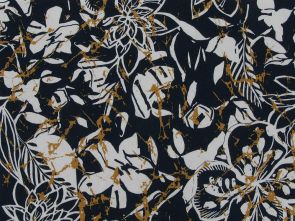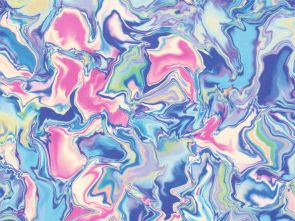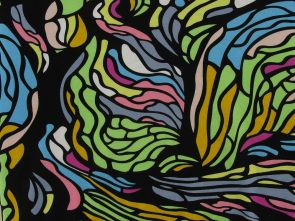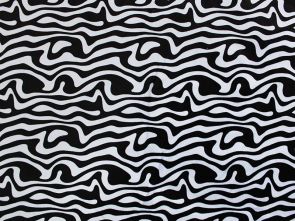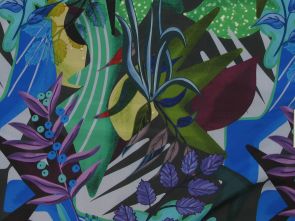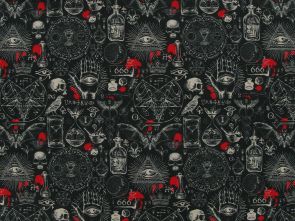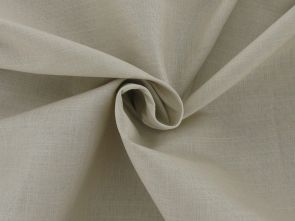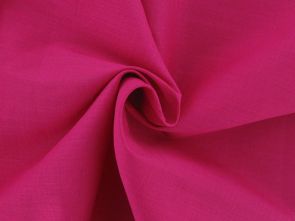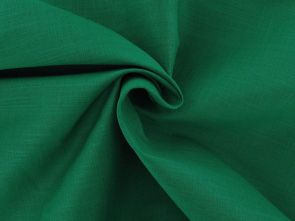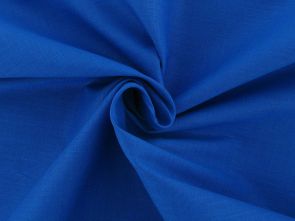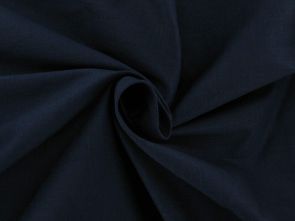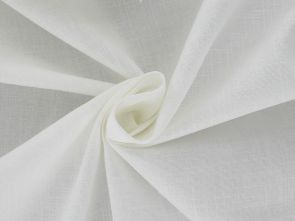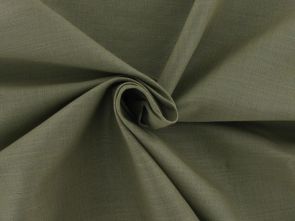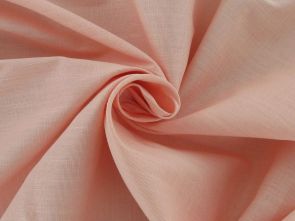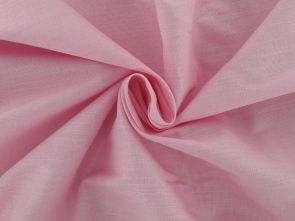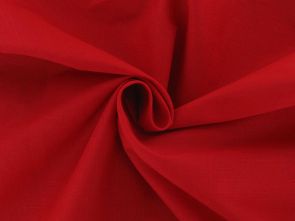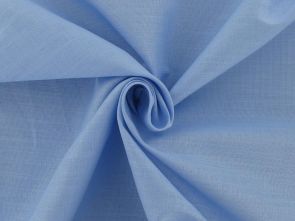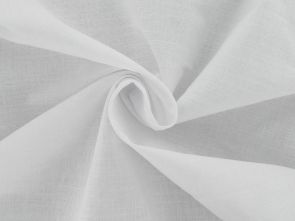Stretch Fabric
-
-
-
-
-
-
-
-
-
-
-
-
-
-
-
Abstract Feather Flutter Cotton Jersey PrintRegular Price £12.50 per metre Special Price £9.90 per metre
-
-
-
-
-
-
-
Alchemists Notebook Cotton Jersey Print, BlackRegular Price £12.50 per metre Special Price £9.90 per metre
-
-
-
-
-
-
-
-
-
-
-
-
-
-
Introduction to Stretch Fabrics
Stretch fabric is a remarkable textile that offers elasticity, allowing it to stretch to a certain degree and then return to its original size. This quality comes from its composition, often made partially of elastic fibers like lycra, elastane, or spandex, or through certain knitting methods.
Types of Stretch Fabrics
- Lycra, Spandex, and Elastane: These are different names for the same synthetic fiber, offering exceptional elasticity and crease recovery. Lycra is popular in the UK and other countries, while Spandex is common in Asia and the Americas. Elastane is widely used in Europe.
- 2-Way and 4-Way Stretch: 2-way stretch fabrics extend either horizontally or vertically, suitable for garments that require moderate elasticity. 4-way stretch fabrics expand in both directions, making them ideal for sportswear and activewear.
Advantages of Stretch Fabrics
Stretch fabrics are known for their durability, tear resistance, and dimensional stability. They typically resist wrinkling and pilling, making them low-maintenance and aesthetically pleasing. Their low moisture absorption and quick-drying properties add to their practicality.
Uses and Applications
- Initial Uses: Originally used in women's swimwear and bras, the flexibility of stretch fabrics soon found its way into sportswear, offering athletes greater agility and flexibility.
- Contemporary Uses: Today, stretch fabrics are ubiquitous in fashion, from T-shirts and jackets to jeans and work pants. They are also commonly used in home textiles, providing comfort and ease of movement in everyday life.
Sewing Tips for Stretch Fabrics
- Sewing Techniques: When working with stretch fabrics, use specific techniques and tools like ballpoint needles and stretch stitches to prevent damaging the fabric.
- Fabric Care: Stretch fabrics should be washed on a gentle cycle and air-dried when possible to maintain their elasticity and appearance.
Frequently Asked Questions
-
What is the difference between 2-way and 4-way stretch fabrics?
- 2-way stretch fabrics expand in one direction, either horizontally or vertically. 4-way stretch fabrics stretch in both directions, providing greater flexibility and comfort.
-
Can stretch fabrics be used for formal wear?
- Yes, stretch fabrics can be elegantly incorporated into formal wear, particularly in designs that require a snug fit and ease of movement.
-
Are stretch fabrics suitable for all types of garments?
- Stretch fabrics are versatile and can be used for a wide range of garments, from casual wear to athletic gear. However, the choice of fabric should align with the garment's intended function and style.

